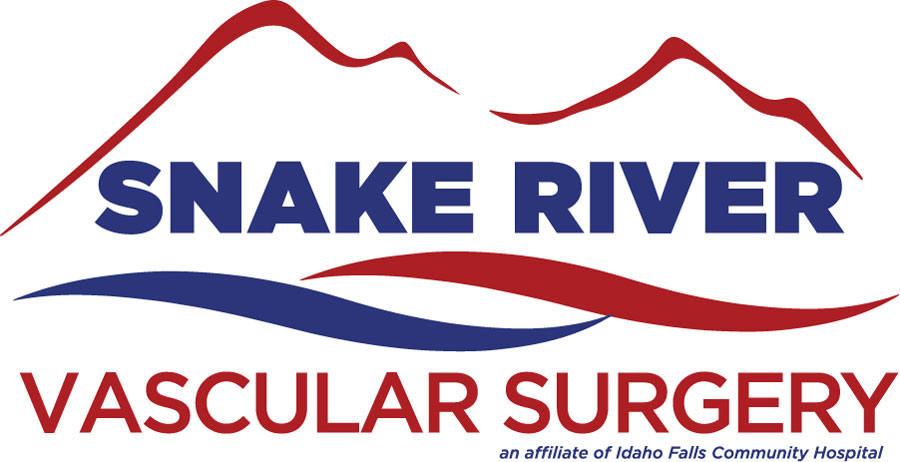What is diastolic blood pressure?
Diastolic and systolic blood pressure are the two measurements used to determine your blood pressure reading. When either of these are consistently high, you may be at risk for heart attack, stroke, or peripheral arterial disease, PAD.
Diastolic blood pressure specifically refers to the pressure in your arteries when your heart is at rest between beats, or when the heart’s ventricles are relaxing and refilling with blood. It’s the lower of the two numbers in a blood pressure reading and is usually written as the second or bottom number. For example, in a blood pressure reading of “120/80 mmHg,” the diastolic pressure is “80 mmHg.”
Diastolic blood pressure is an important indicator of cardiovascular health. High diastolic blood pressure can be a sign of increased resistance in your arteries, which might be caused by factors such as artery stiffness, plaque buildup, or other underlying health conditions. It’s essential to manage both systolic and diastolic blood pressure to maintain overall cardiovascular health.
Blood Pressure and The Vascular System
The vascular system plays a crucial role in regulating blood pressure. It consists of a network of blood vessels, including arteries, veins, and capillaries, through which blood flows to deliver oxygen and nutrients to cells and remove waste products. In some specific cases, vascular surgery could have a secondary effect on lowering blood pressure. Improved blood flow overall can help with reducing blood pressure overall. However, the best way to lower diastolic blood pressure is arguably through your own self-discipline in the choices you make each and every day.
Lifestyle Adjustments
Healthy Diet: Adopt a diet rich in fruits, vegetables, whole grains, lean proteins, and low-fat dairy. Reduce your intake of sodium (salt), saturated fats, trans fats, and processed foods, as these can contribute to high blood pressure.
Reduce Sodium Intake: Too much sodium can contribute to high blood pressure. Read food labels, avoid adding extra salt to your meals, and choose low-sodium options when possible.
Maintain a Healthy Weight: If you are overweight, losing even a small amount of weight can have a positive impact on your blood pressure. Aim for a balanced diet and regular physical activity.
Exercise Regularly: Engaging in regular physical activity can help lower your blood pressure. Aim for at least 150 minutes of moderate-intensity aerobic exercise per week, along with strength training exercises.
Limit Alcohol: Excessive alcohol consumption can raise blood pressure. If you choose to drink, do so in moderation—up to one drink per day for women and up to two drinks per day for men.
Quit Smoking: Smoking can raise your blood pressure and damage your blood vessels. Quitting smoking can have a positive impact on your overall cardiovascular health.
Stress Management: Chronic stress can contribute to high blood pressure. Engage in stress-reduction techniques such as meditation, deep breathing, yoga, or hobbies you enjoy.
Limit Caffeine: While moderate caffeine consumption may not significantly affect blood pressure, excessive caffeine intake can lead to temporary spikes. Be mindful of your caffeine consumption.
Stay Hydrated: Proper hydration is important for overall health, including blood pressure regulation. Drink plenty of water throughout the day.
Consult a Doctor
In some cases, lifestyle changes alone may not be sufficient to lower diastolic blood pressure. If your blood pressure remains high, your doctor might recommend medication. Always follow your doctor’s advice and take prescribed medications as directed. If you have concerns about or an underlying vascular condition is identified, contact our office to discuss your treatment options.

